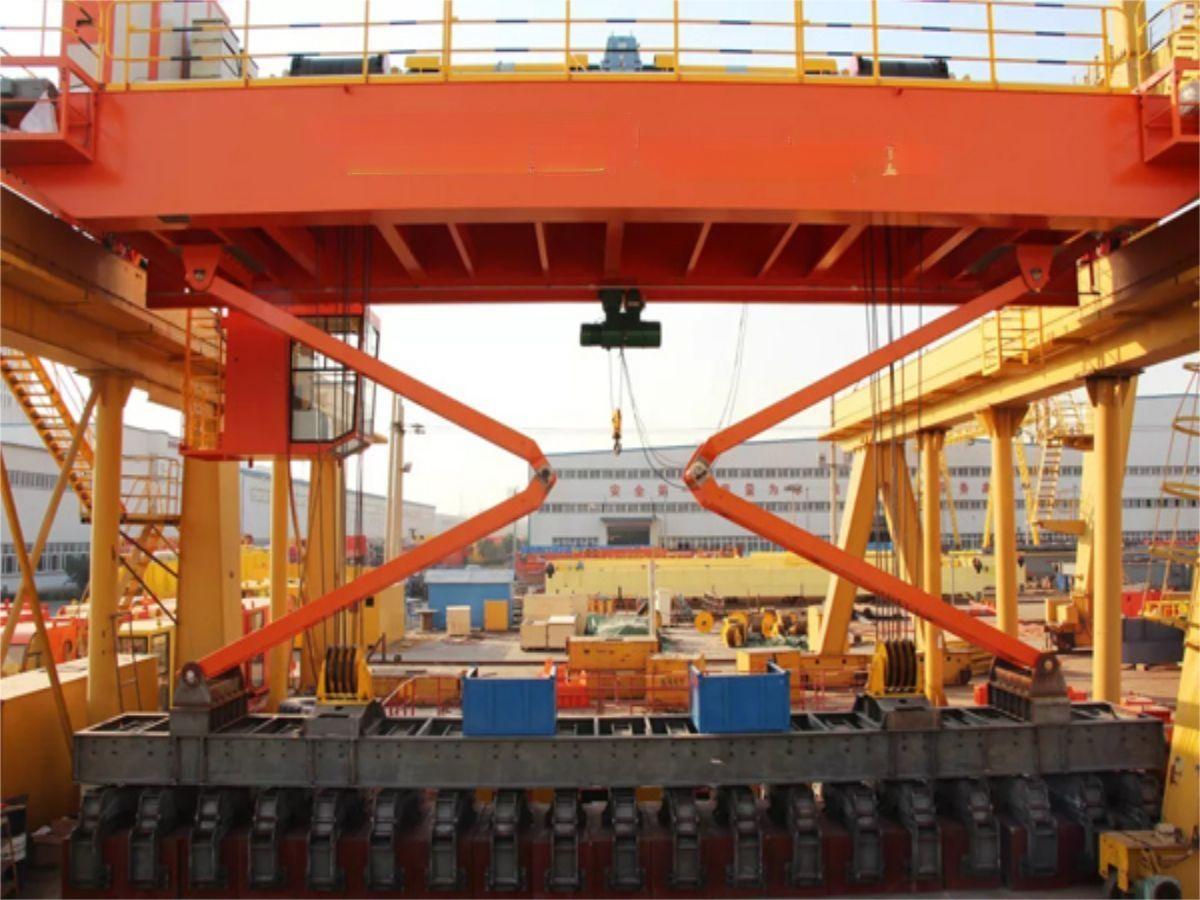Anode Carbon Overhead Crane vs. Regular Overhead Crane: Which Is More Suitable for Smelting Operations?
When it comes to smelting operations, the choice of overhead crane plays a crucial role in ensuring efficiency and safety. Two common options available are the anode carbon overhead crane and the regular overhead crane. While both serve the purpose of moving heavy loads, there are significant differences between them. In this article, we will explore the various aspects of these cranes and determine which one is more suitable for smelting operations.
The Importance of Choosing the Right Crane
Before delving into the specific differences between the anode carbon overhead crane and the regular overhead crane, it is essential to understand why choosing the right crane is important for smelting operations. Smelting involves the process of extracting metal from its ore by heating and melting it. This requires heavy machinery and equipment, including overhead cranes, to handle the molten metal, anode carbon, and other materials involved in the process.
Understanding Anode Carbon Overhead Cranes
Anode carbon overhead cranes are specifically designed for the handling of anode carbon blocks in smelting operations. Anode carbon is a critical component used in the production of aluminum. These cranes are equipped with specialized features that allow them to lift and transport anode carbon blocks safely and efficiently. The design of anode carbon overhead cranes takes into consideration the unique characteristics and requirements of anode carbon.
Advantages of Anode Carbon Overhead Cranes
Anode carbon overhead cranes offer several advantages that make them highly suitable for smelting operations:
- Increased Safety: Anode carbon overhead cranes are designed with safety as a top priority. They have advanced safety features such as overload protection systems, emergency stop buttons, and anti-sway mechanisms, ensuring a safe working environment for operators and other personnel.
- Enhanced Efficiency: These cranes are optimized for the efficient handling of anode carbon blocks. They have precise controls, high lifting capacities, and smooth operation, allowing for quick and accurate positioning of the blocks during the smelting process.
- Minimal Maintenance: Anode carbon overhead cranes are built to withstand the harsh conditions of smelting operations. They are resistant to heat, dust, and chemicals, reducing the need for frequent maintenance and minimizing downtime.
- Cost Savings: The efficiency and durability of anode carbon overhead cranes translate into cost savings for smelting operations. With reduced maintenance requirements and increased productivity, these cranes provide a favorable return on investment.
Understanding Regular Overhead Cranes
Regular overhead cranes, also known as general-purpose overhead cranes, are versatile machines used in various industries, including smelting operations. These cranes are designed to handle a wide range of loads and materials, making them suitable for general lifting and transporting tasks in a smelting facility.
Advantages of Regular Overhead Cranes
Regular overhead cranes offer several advantages that make them a viable option for smelting operations:
- Flexibility: Regular overhead cranes are highly versatile and can handle different types of loads, including molten metal, raw materials, and finished products. Their adaptability makes them suitable for various tasks within a smelting facility.
- Customization: These cranes can be customized with various attachments and accessories to suit specific requirements. This allows for greater flexibility in handling different materials and loads in smelting operations.
- Ease of Maintenance: Regular overhead cranes are relatively easy to maintain, with readily available spare parts and components. This ensures minimal downtime and reduces maintenance costs for smelting operations.
- Cost-Effectiveness: Regular overhead cranes are generally more affordable compared to specialized cranes like anode carbon overhead cranes. For smelting facilities with diverse lifting needs, investing in a regular overhead crane can be a cost-effective solution.
Choosing the Right Crane for Smelting Operations
When deciding between anode carbon overhead cranes and regular overhead cranes for smelting operations, several factors need to be considered. These include the specific requirements of the smelting process, the frequency and nature of the lifting tasks, and budget constraints. Smelting facilities with a significant emphasis on anode carbon production may benefit from investing in anode carbon overhead cranes, while those with more diverse lifting needs may find regular overhead cranes to be a more suitable choice.
Conclusion
Both anode carbon overhead cranes and regular overhead cranes have their own advantages and applications in smelting operations. The choice ultimately depends on the specific needs and requirements of the facility. By carefully evaluating the operational demands, safety considerations, and budget constraints, smelting facilities can make an informed decision and select the most suitable crane for their operations.

